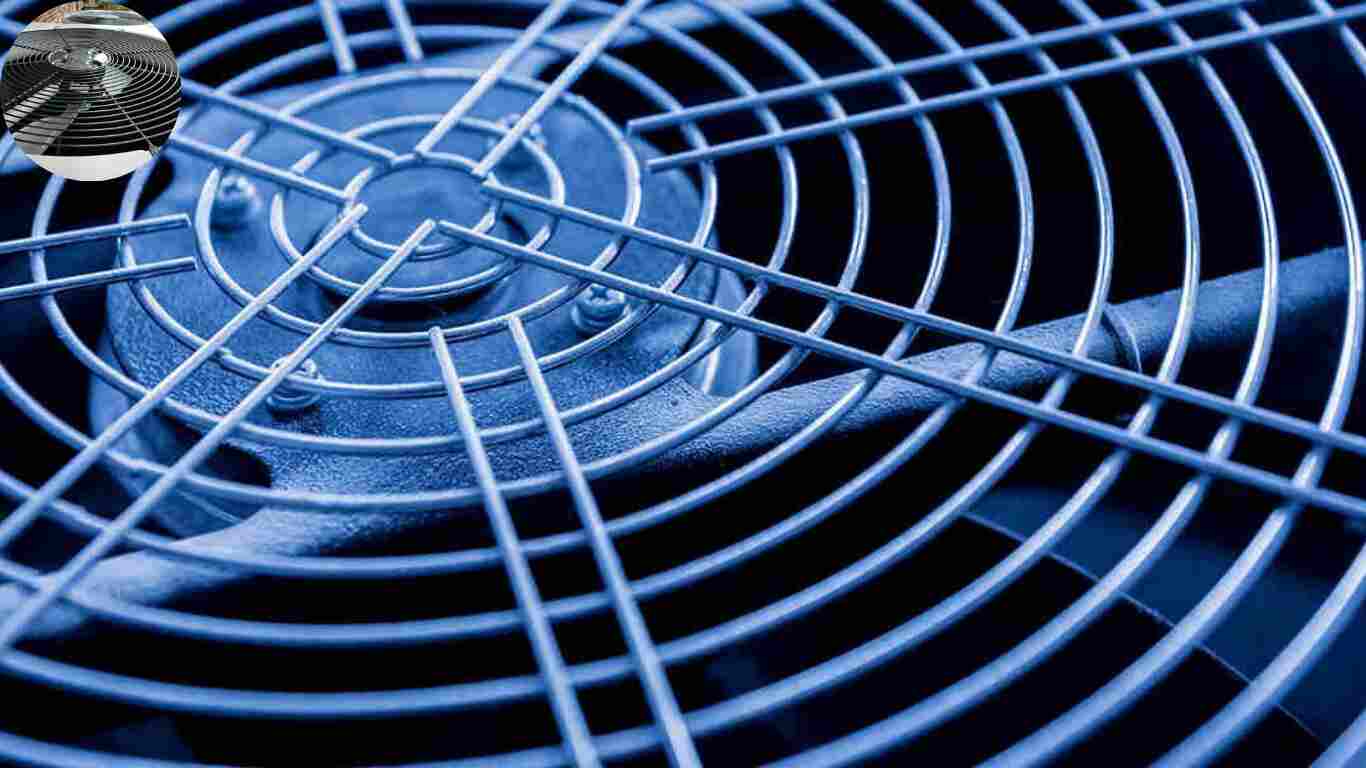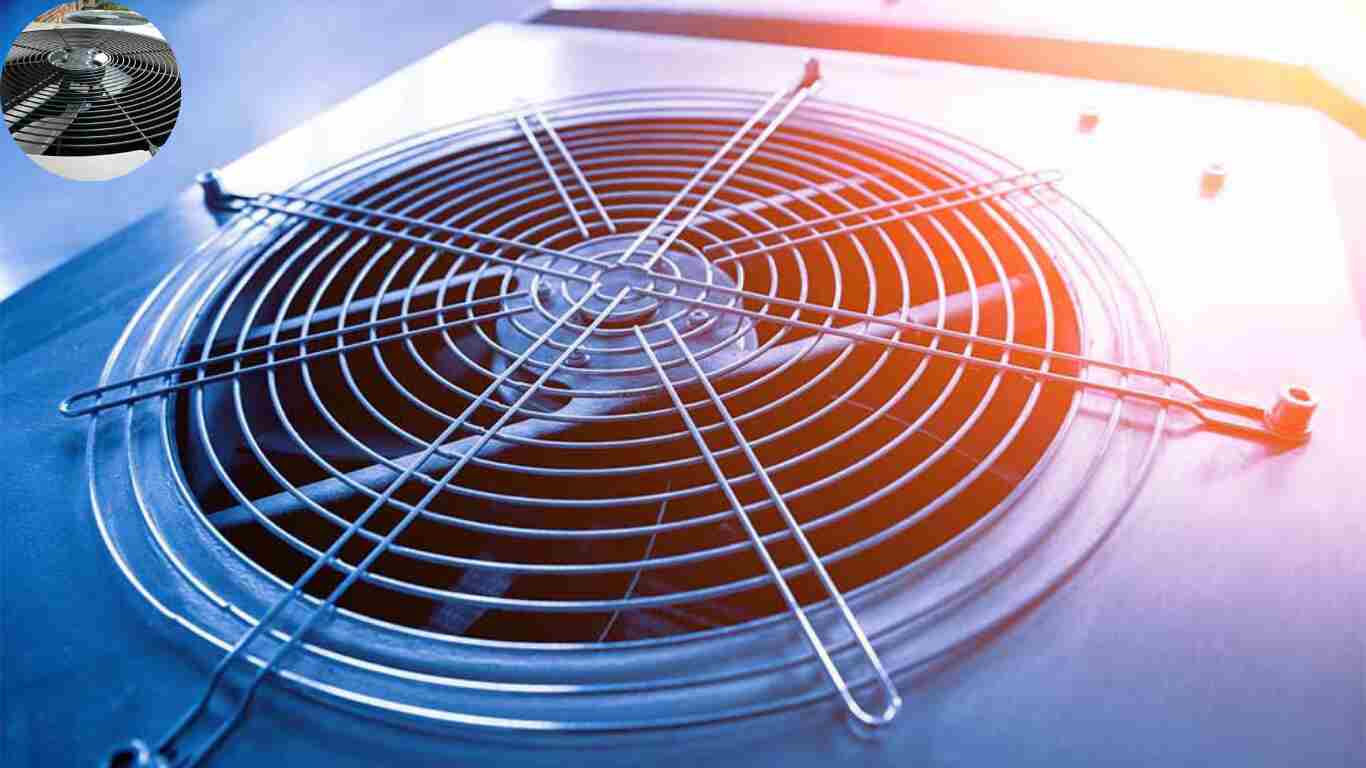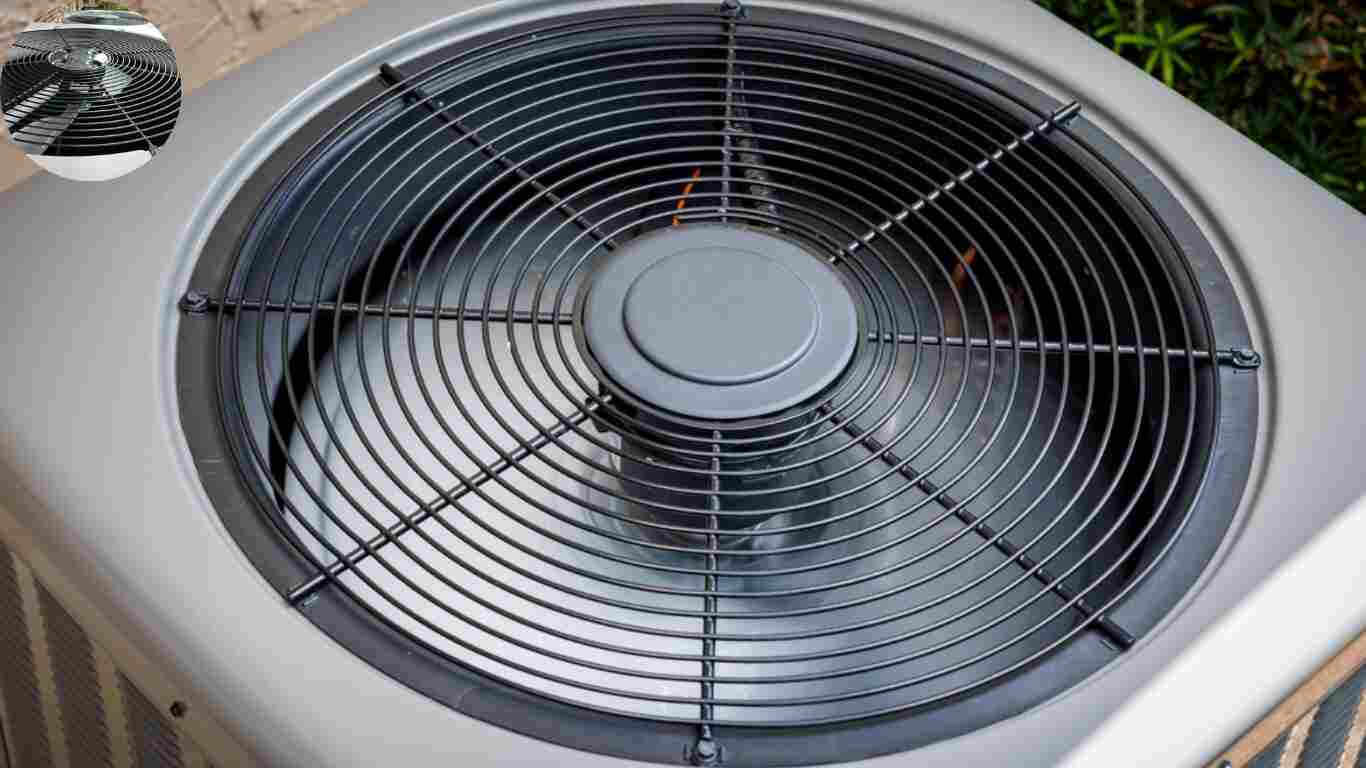an your furnace fan double as a cooling tool during summer heatwaves? It’s a question many homeowners ask, especially during those stifling days when the AC is working hard and energy bills are climbing. Using an existing HVAC component like a furnace fan for temperature control might seem cost-effective. But does running a furnace fan cool your house?
| Scenario/Condition | Effect on Cooling | Explanation | |
|---|---|---|---|
| Running fan with no AC | Does not cool house | The fan only recirculates existing air; it does not lower the overall temperature. | |
| House with cool basement | May help redistribute cool air | If the basement is significantly cooler, running the fan can move some of that cool air upstairs, but it will also mix warm air from upper floors, often resulting in an average temperature rather than true cooling. | |
| Fan set to “On” (constant) | No net cooling, increased energy use | Constant circulation blends air temperatures across floors but does not reduce heat; it may increase electricity costs. | |
| Fan used with AC | Supports cooling | Furnace fans are designed to distribute cooled air when AC is running, but the fan alone does not cool. | |
| Time-of-day strategy (night) | Possible slight benefit | Running the fan at night, when outdoor or basement air is cooler, may help distribute cooler air, but effectiveness is limited. |
Understanding Furnace Fan Mechanics
How Furnace Fans Work in Home Cooling and Heating Systems
Knowing how a furnace fan can cool your house is crucial to understanding whether a furnace fan can cool your house. A furnace fan, or a blower fan, is part of your HVAC system. It’s responsible for moving air through your home’s ductwork and distributing heated or cooled air based on your thermostat settings.
The fan operates when your furnace or air conditioner is running and can also be set to run continuously. Let’s break it down further:
Types of Blower Motors
- Single-Speed Motors: These run at full speed whenever they are on, consuming more energy.
- Multi-Speed Motors: These can operate at different speeds depending on the system’s demand, offering improved efficiency.
- Variable-Speed Motors: These are the most efficient. They adjust speed depending on the cooling or heating need, ensuring better performance and lower energy consumption.
Airflow Dynamics
When set to “On,” the furnace fan continuously circulates air through your home. This keeps air moving, making it feel fresher and reducing room temperature variations. However, it doesn’t actively change the air temperature unless it’s working alongside the air conditioner or furnace.
Thermostat Settings
- Auto Mode: The fan only runs during a heating or cooling cycle.
- On Mode: The fan runs continuously, circulating air even when the HVAC system is not heating or cooling.
Does Running a Furnace Fan Cool Your House?
The Truth About Using Furnace Fans for Temperature Control
Let’s address the central question: does running a furnace fan cool your house? The short answer is no—at least, not directly. Furnace fans don’t lower the temperature of the air. However, they can create the illusion of cooling through improved airflow. Here’s how:
You may also read(can drones see inside your house)
- The Wind Chill Effect
- Moving air across your skin helps sweat evaporate faster, making you feel cooler. Fans create a cooling sensation despite not changing the air temperature.
- Air Circulation
- Continuous operation of the furnace fan ensures air is mixed and circulated evenly across your home. This reduces hot and cold spots, creating a more comfortable environment.
Complementary Cooling Strategies
While running a furnace fan alone won’t cool your home, pairing it with other strategies can make it more effective:
- Ceiling Fans: Use ceiling fans and the furnace fan to boost air circulation and enhance the wind chill effect.
- Nighttime Ventilation: Open windows at night to bring in cooler outdoor air, and use the fan to distribute it throughout your home.
Summer vs. Winter Performance
- In Summer: The furnace fan can circulate air, helping to distribute cool air from the AC more effectively.
- In Winter: It can prevent warm air from rising and pooling near the ceiling, making your home more evenly heated.
Humidity also plays a role in comfort. In the summer, high humidity can make it feel warmer; in winter, dry air can make it feel cooler. Furnace fans, when paired with humidifiers or dehumidifiers, can help moderate these effects.
Hidden Benefits of Continuous Fan Operation
Running your furnace fan continuously offers more than just perceived cooling. Here are some hidden benefits:
Improved Indoor Air Quality
When the fan runs continuously, air passes through your HVAC filter more often, trapping more dust, allergens, and pollutants. This results in cleaner air circulating throughout your home.
Humidity Control
A furnace fan can help moderate indoor humidity levels. In summer, it prevents moisture buildup by keeping air moving. In winter, it pairs well with a humidifier to maintain balanced humidity.
Equipment Longevity
Starting and stopping a motor repeatedly can cause wear and tear. Running the fan continuously reduces strain, potentially increasing the lifespan of your HVAC system.
Table: Pros and Cons of Running a Furnace Fan Continuously
BenefitDrawback
Improved air circulation Higher energy consumption
Better air filtration Increased filter replacement frequency
More consistent temperatures Potential wear on older motors
Energy Efficiency: Costs vs. Savings
How Much Energy Does a Furnace Fan Use?
The energy consumption of a furnace fan depends on the type of motor:
- Older Single-Speed Fans: These can consume around 500 watts when running continuously.
- Modern Variable-Speed Fans: These use as little as 100 watts, making them significantly more energy-efficient.
Cost Scenarios
Here’s an example of the monthly costs based on motor type:
- Single-Speed Fan (500W): Running 24/7 could cost $15–$20/month.
- Variable-Speed Fan (100W): Running continuously might only cost $3–$5/month.
Upgrading to an Energy Star-rated motor can offer long-term savings, with some models reducing energy use by 50–70%.
Climate Considerations and Regional Suitability
Humid Climates
Running the fan continuously in regions with high humidity can reintroduce moisture from AC coils into the air. This might make your home feel warmer and more uncomfortable.
Dry Climates
In arid regions, continuous fan operation helps mix air, preventing dry spots and making your home feel more comfortable.
HVAC System Compatibility
Not all HVAC systems are suited for continuous fan operation. Here’s what to consider:
- Newer Systems: Designed to handle 24/7 operation, especially with smart thermostats.
- Older Units May experience motor wear or inefficiencies due to duct leakage.
Maintenance Requirements for Continuous Use
Running a furnace fan continuously requires more maintenance:
- Filter Replacement: Check and replace filters every 6–8 weeks.
- Duct Cleaning: Schedule professional cleaning every 3–5 years to prevent dust buildup.
- Motor Maintenance: Lubricate older motors and ensure bearings are in good condition.
Professional Recommendations
Expert Advice
HVAC professionals often recommend using the “Auto” setting for older systems to avoid unnecessary wear. Continuous operation is more feasible and energy-efficient for newer systems with variable-speed motors.
Frequently Asked Questions (FAQ)
Does Running a Furnace Fan Cool House at Night?
Running the fan at night enhances airflow, but it’s most effective when paired with cool outdoor air intake.
How Much Does It Cost to Run a Furnace Fan 24/7?
Depending on the motor type, costs range from $3–$15/month.
Conclusion
While running a furnace fan alone doesn’t cool your house, it can improve comfort by enhancing airflow and reducing temperature inconsistencies. Pairing it with complementary strategies like ceiling fans or nighttime ventilation can make a noticeable difference. Additionally, the hidden benefits of improved air quality and system longevity make continuous fan operation worth considering.
You may also read(a passive solar house in the southern hemisphere will face)
